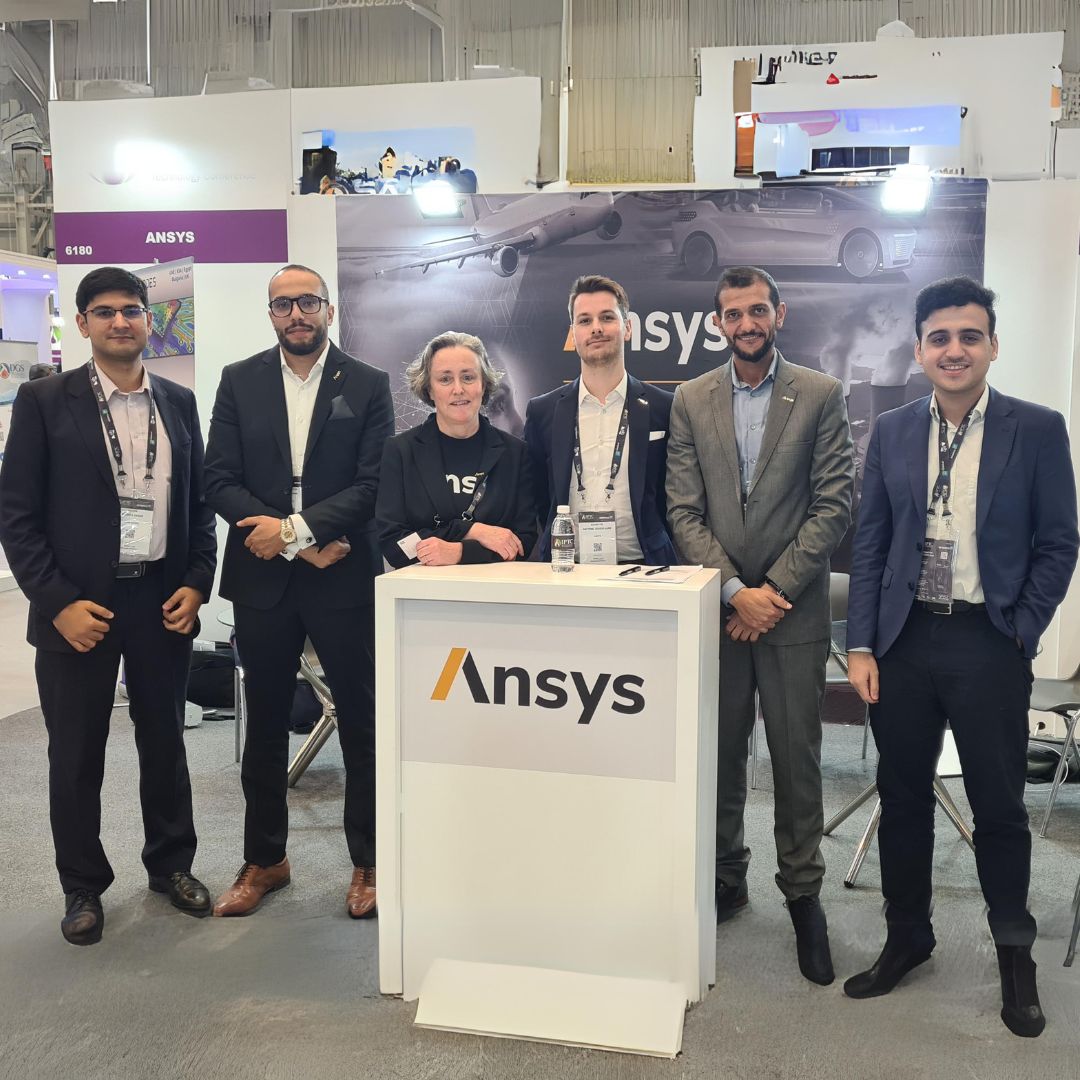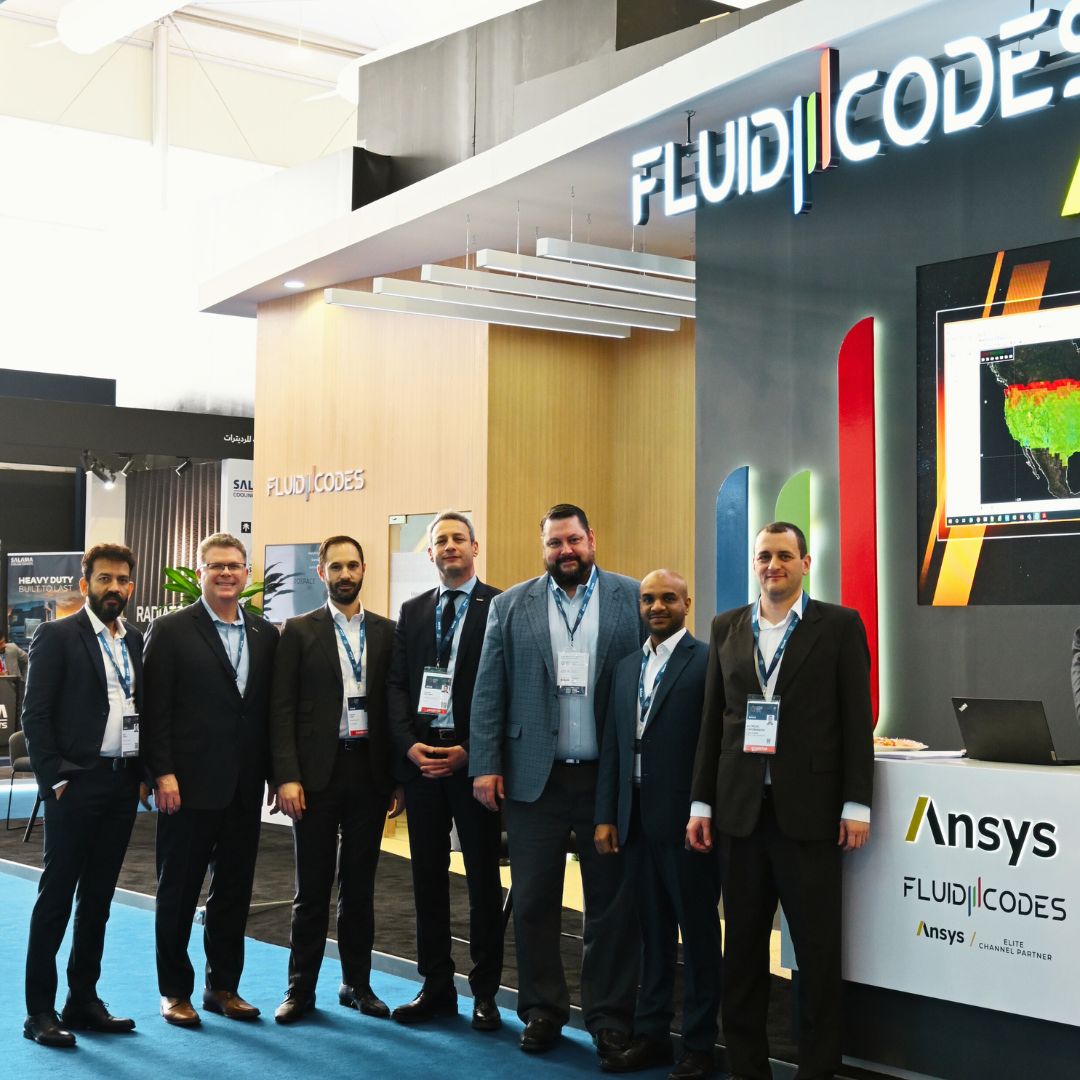How Simulations Unlock Gas Turbine Design – Best Practices
Gas turbine engines have various military and civil applications on land, air and sea. But as complex and versatile as they are, they all perform the same function: moving air to generate power or thrust.
These engines follow the Brayton cycle: Air is sucked into the intake and compressed to a high pressure ratio. It is then mixed with fuel in the combustor module where it achieves complete combustion.
The combustion gases reach the turbine inlet at the highest temperature possible. The gases then expand in the turbine, which drives the compressor and generates the power or thrust
Though the concept behind each engine is the same, developing the ideal model for a particular design demands a significant investment of time and money. It can take years and cost millions of dollars to optimize the right engine for the right application.
As a result, simulation has become a key part of gas turbine design. It enables engineers to digitally test and optimize the turbine before building physical prototypes.




